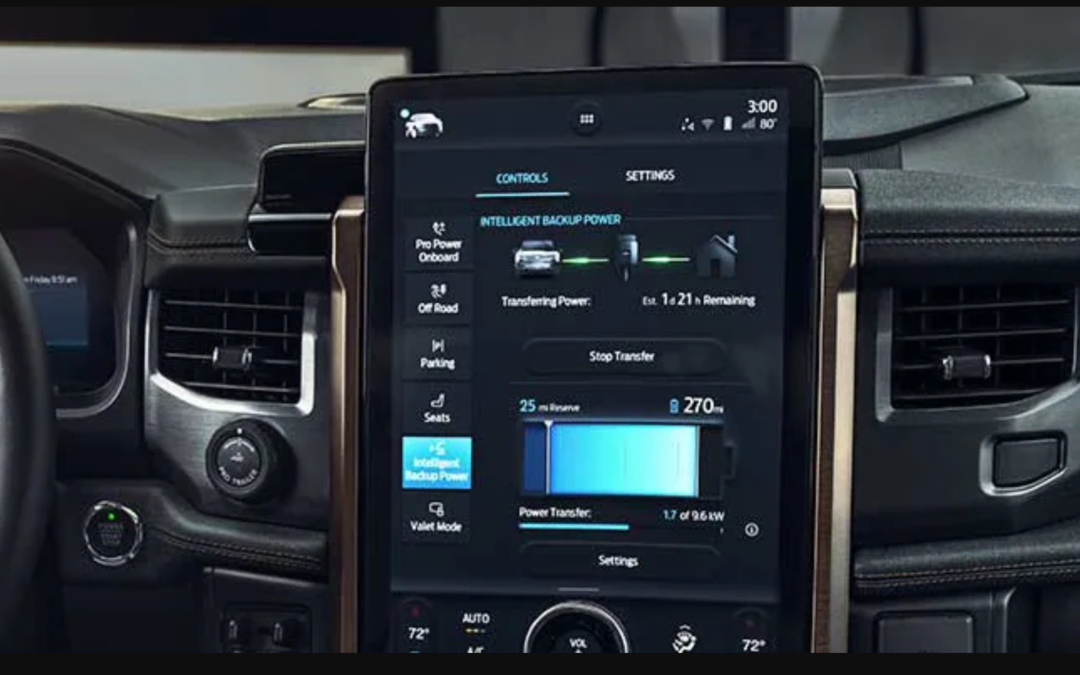
Electrification trends at 2022 LA Auto Show
Electrification trends are shaping the future of mobility. At 2022 LA Auto Show that took place at Los Angeles Convention Center in the late November most of the press conferences were focus on electric cars, most talks were about electric cars and almost every auto manufacture present hybrid or fully electric vehicle of its own.
In a gasoline driven world, the latest electric vehicles are changing the landscape of the automotive industry. The negative environmental consequences of using gasoline can’t be ignored any longer. With the continuing high prices of gasoline that drivers face each time they fill up their automobile tanks at the gas station, consumers have an attitude like “it is what it is”. However, with the EV’s that have been introduced, they now have another viable option. Drivers will save not only on fuel costs but also will never have to pay any additional money for oil changes and smog check, not mention to be in fashion – environmentally friendly and concern about next generation future.
The EV’s are now presenting a new reason to get them into homes, providing power when the electrical grid goes down. Ford introduced the F-150 Lightning to their 2023 lineup which can power your home for up to 3 days automatically when it is connected to the Ford Charge Station Pro home charging unit.
These are great reasons to make a transition immediately to the electric cars, however is the automobile industry there? Gasoline, with all of its problems that it causes to the environment, is a very efficient way to store energy. It is definitely more efficient than an electric battery. In addition, plug-in electric’s also need a massive charging infrastructure and we already have a century’s worth of gas stations and other fueling infrastructures built. In conclusion, drivers’ expectations for electric cars presently do not compete the same way as the traditional gasoline cars do.
But there is no way back. The industry is heading to full electric models with powerful and smart chargers. Electrify America, that is an electric DC fast charging station network in the US, announced more than 791 charging locations (plus 90 coming soon) and over 3,531 individual charging units as of September 2022. The largest public fast charging network has been building out a convenient, reliable, customer-centric network of electric vehicles chargers nationwide – at workplaces, in communities, and on highways.
